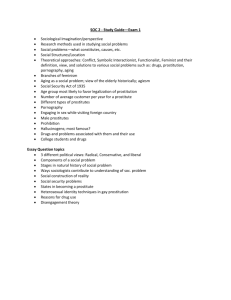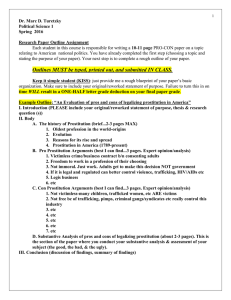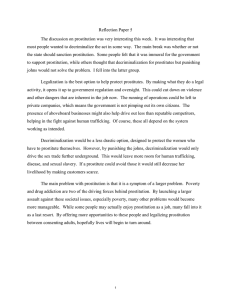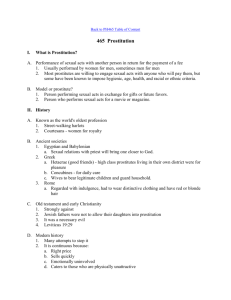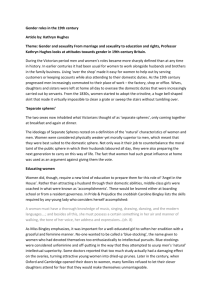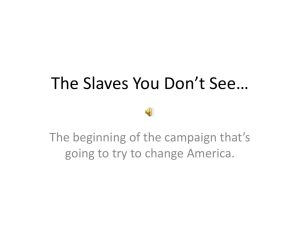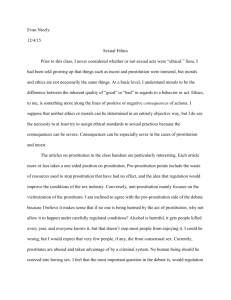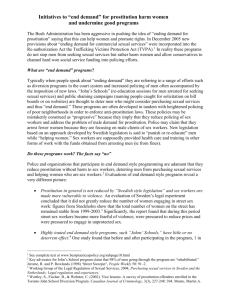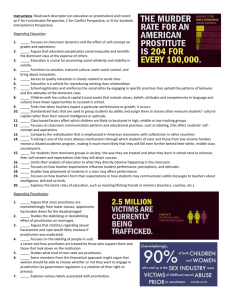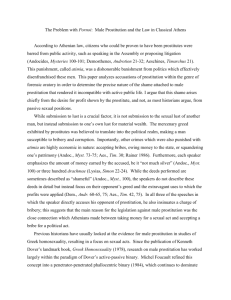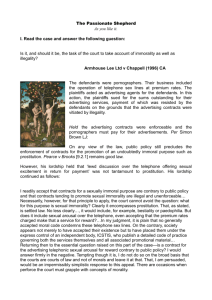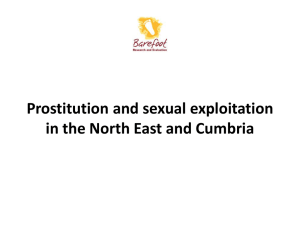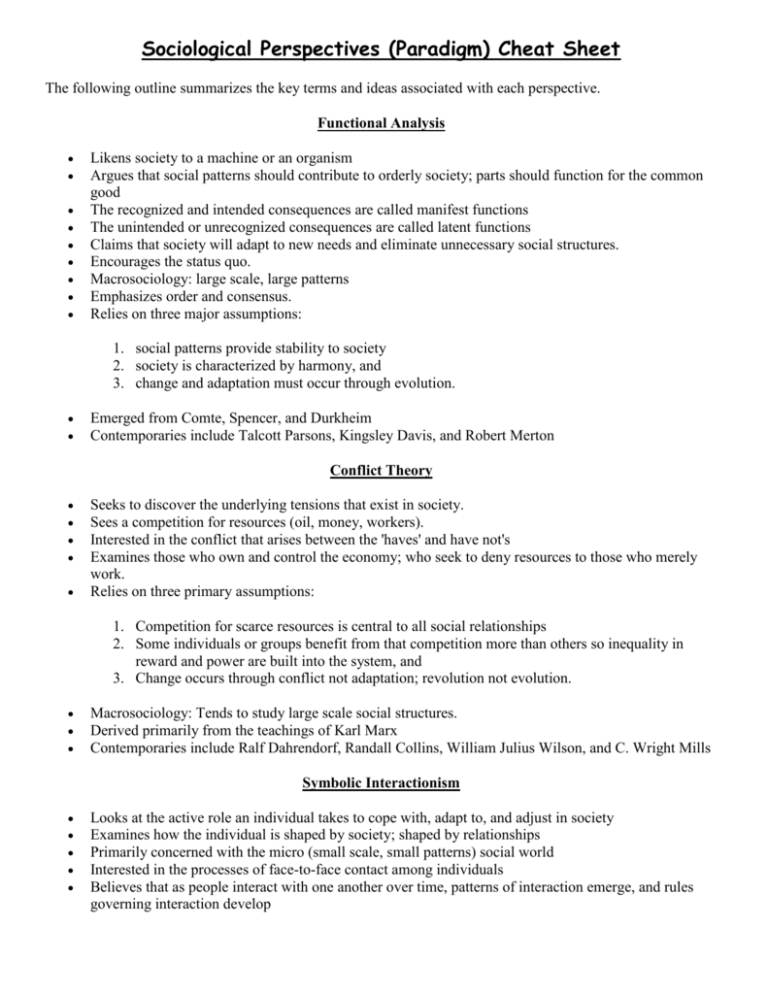
Sociological Perspectives (Paradigm) Cheat Sheet
The following outline summarizes the key terms and ideas associated with each perspective.
Functional Analysis
Likens society to a machine or an organism
Argues that social patterns should contribute to orderly society; parts should function for the common
good
The recognized and intended consequences are called manifest functions
The unintended or unrecognized consequences are called latent functions
Claims that society will adapt to new needs and eliminate unnecessary social structures.
Encourages the status quo.
Macrosociology: large scale, large patterns
Emphasizes order and consensus.
Relies on three major assumptions:
1. social patterns provide stability to society
2. society is characterized by harmony, and
3. change and adaptation must occur through evolution.
Emerged from Comte, Spencer, and Durkheim
Contemporaries include Talcott Parsons, Kingsley Davis, and Robert Merton
Conflict Theory
Seeks to discover the underlying tensions that exist in society.
Sees a competition for resources (oil, money, workers).
Interested in the conflict that arises between the 'haves' and have not's
Examines those who own and control the economy; who seek to deny resources to those who merely
work.
Relies on three primary assumptions:
1. Competition for scarce resources is central to all social relationships
2. Some individuals or groups benefit from that competition more than others so inequality in
reward and power are built into the system, and
3. Change occurs through conflict not adaptation; revolution not evolution.
Macrosociology: Tends to study large scale social structures.
Derived primarily from the teachings of Karl Marx
Contemporaries include Ralf Dahrendorf, Randall Collins, William Julius Wilson, and C. Wright Mills
Symbolic Interactionism
Looks at the active role an individual takes to cope with, adapt to, and adjust in society
Examines how the individual is shaped by society; shaped by relationships
Primarily concerned with the micro (small scale, small patterns) social world
Interested in the processes of face-to-face contact among individuals
Believes that as people interact with one another over time, patterns of interaction emerge, and rules
governing interaction develop
Relies on three primary assumptions:
1. Symbols are important-symbols are gestures, language, behaviors. The interpretation of the
symbols depends on the participants in the interaction.
2. Meanings change as relationships change; relationships are constructed, terminated,
reconstructed.
3. Meanings are negotiated. We constantly listen and attend to the ‘doings’ of others as we search
for clarification or ulterior patterns.
Views society as little more than the end product of people coming to terms with each other, and in so
doing, constructing agreements about how they are to conduct their affairs.
Believes that the human system is little more than an environment in which people probe, define,
assess, evaluate, and construct lines of joint conduct
Draw their inspiration from the works of Weber and Mead
Contemporaries include Herbert Blumer, Erving Goffman, Harold Garfinkle
Applying the Perspectives to Prostitution
How would a theorist from each perspective examine female prostitution?
Functional Analysis Perspective
Functionalist would ask how prostitution serves society. What are the functions of prostitution?
It provides a sexual outlet for those who are not competitive in the marriage market (physically, mentally
handicapped or the poor)
It provides a sexual outlet for those away from home.
It provides a sexual outlet for the kinky.
It is just a job like any other.
Conflict Theory Perspective
Conflict theorist would examine how prostitution supports the status quo and propitiates inequity between powerful
groups and subordinate groups.
Women have not had access to economic opportunity and have had to rely on economic support from men.
Women exchange sexual availability (a resource they control) for this support (a resource controlled by men).
Whether the woman sells her availability through prostitution or through marriage, the result is the same.
Someone pays either way.
Symbolic Interaction Perspective
Interactionist would try to understand how prostitutes and others in their environment adopt and define their roles and in
a sense construct a social reality.
How does the prostitute learn the trade?
What got them into the ‘business’?
When do they first start to identify as a prostitute?
How do they learn to disengage from emotions?
How do they learn to get the most money for the minimum effort?
How do they learn how to take care of themselves?
Source: David L. Strickland, Associate Professor of Sociology at East Georgia College

